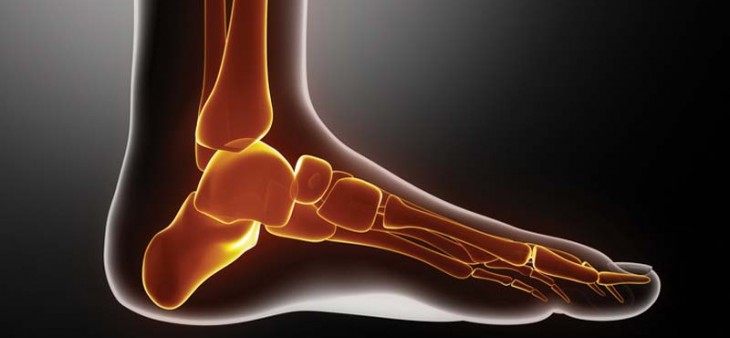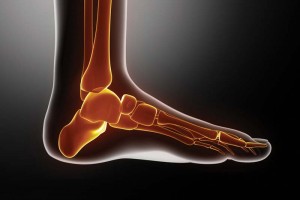
 Metatarsalgia is a term used to describe a painful foot condition in the area just before the small toes (more commonly referred to as the ball of the foot).
Metatarsalgia is a term used to describe a painful foot condition in the area just before the small toes (more commonly referred to as the ball of the foot).
Metatarsalgia can affect anyone who spends significant time on their feet and frequently affects runners and other athletes who participate in high-impact sports. Although generally not considered a serious condition, the pain can sideline you whether you are an Olympic athlete or a weekend warrior. Besides pain on the ball of your foot, other symptoms can include numbness and tingling in the toes, sharp pain that worsens when you flex your feet and a feeling that you have a bruise in your foot or are walking on a stone.
When your foot does not function properly (as in over-pronation or flattening of your arch) too much weight is shifted to the 2nd, 3rd and 4th metatarsal heads. These smaller heads are not designed to take such repetitive excess loads, so they may inflame as in any overuse injury. Other contributing factors can include: an increase in activity or training, excess weight, the length of time one must be on their feet in a day, and poorly fitting shoes.
The first step in the treatment of metatarsalgia is to determine the cause of your pain.
Foot Orthotics: The right custom made orthotics will address your pain by correcting the cause of your foot dysfunction. An orthotic is designed to completely support the corrected arch of your foot, determined by a unique way of capturing your optimal foot position. Abnormal joint stresses are reversed, allowing affected tissues to heal and normal joint function to be restored. In this way, orthotics provides both primary treatment and preventative care by restoring normal weight bearing function to your big toe and first metatarsal. When this is done, the cause of your pain is being addressed rather than just the symptoms.
Anti-Inflammatory Agents: These may include ice and oral anti-inflammatory medications. These may provide some temporary relief from the pain of inflammation, but are not helpful in addressing the underlying cause of your condition.
Exercises: A regular calf stretching routine should be a part of any treatment regimen.
Footwear: Advice that focuses on taking the pressure off the metatarsals should also be followed. Unloading the pressure on the ball of the foot with a reduced heel height shoe may be helpful.
Injections: Depending on the cause of your metatarsal pain, this intervention may be considered. It involves the injection of a medication that blocks the transmission of pain through the nerves of your foot.
Surgery: In cases that do not respond to conservative measures, your Podiatrist may recommend surgery.
With a proper diagnosis and a well-rounded treatment plan including orthotics, the prognosis is excellent. With foot orthotics, you can expect 50-70% relief the first month, 70-90% the second month and 90-100% the third.
